The Four National Parks Of Latvia
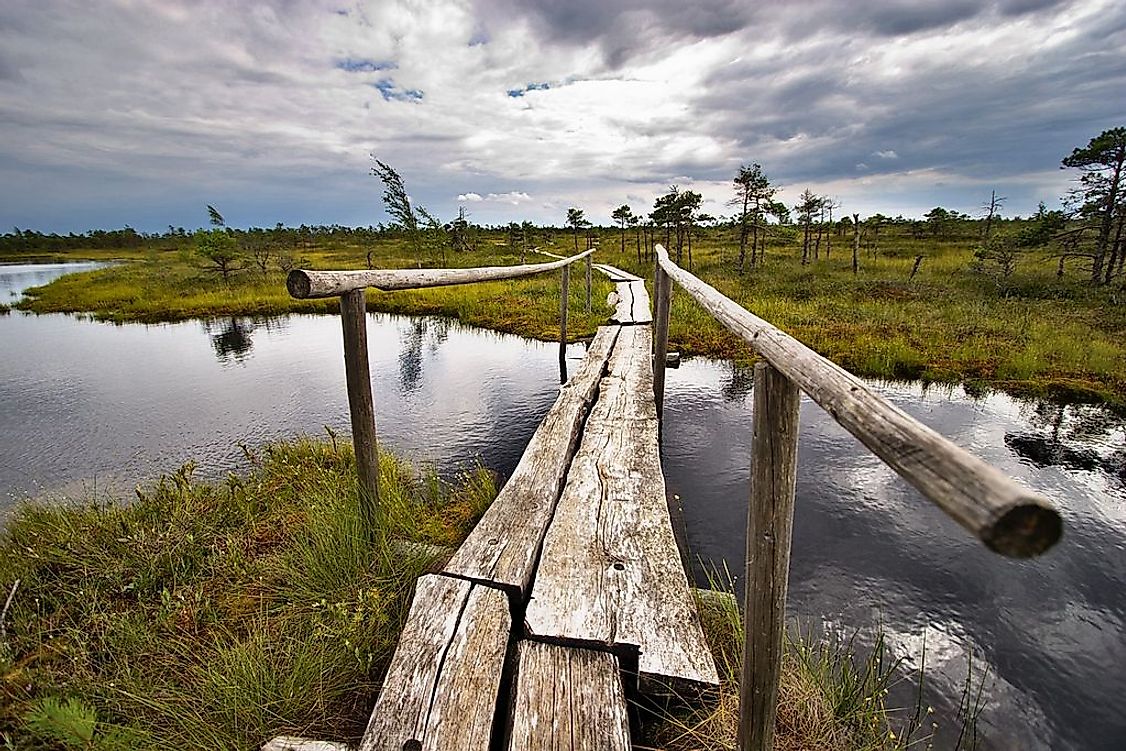
Latvia is associated with a long tradition of conservation. The country’ s first conservation related laws were drafted as early as the 16th and 17th centuries. The country currently houses 706 state-level protected natural areas, 42 nature parks, 355 nature monuments, 7 marine protected areas, 4 nature reserves, 24 micro-reserves, and 4 national parks. The nationally protected areas of Latvia occupy 12,790 square km or about 20% of the land area of the country. About 30,000 species of flora and fauna call the country’s wilderness areas their home. Here we provide an account of the four national parks of the country and their primary features.
4. Slītere National Park
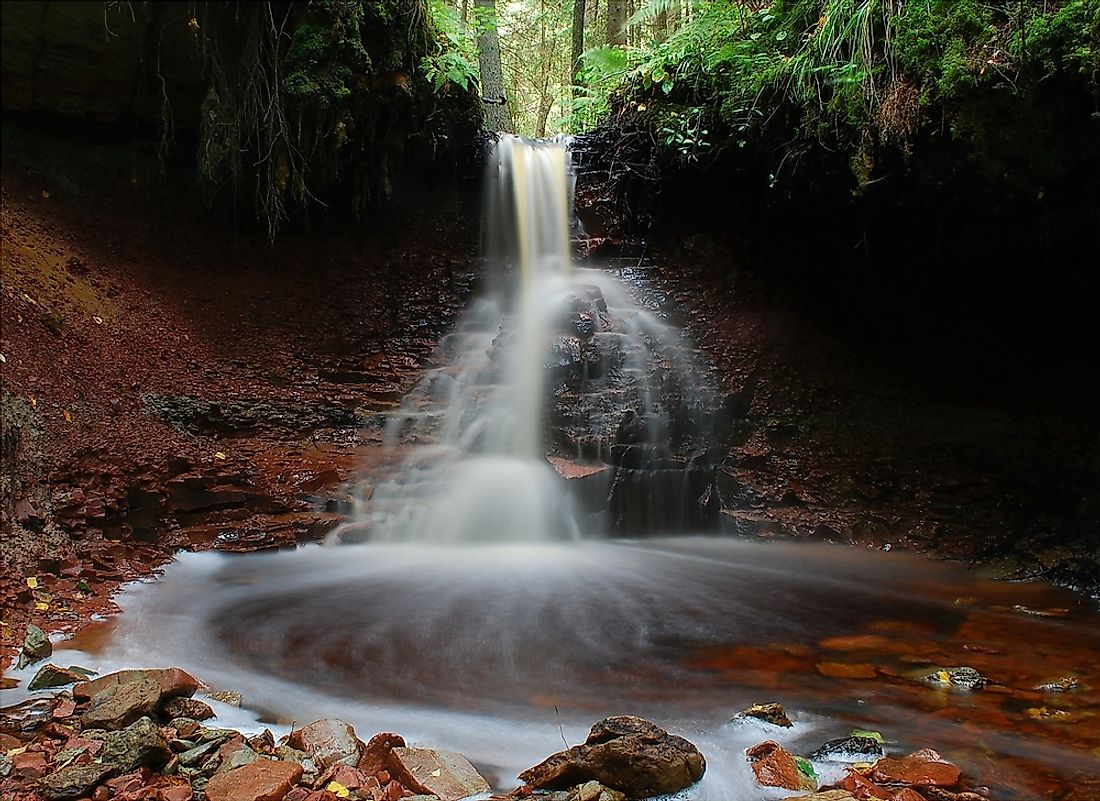
Located on the west coast of Latvia, the Slītere National Park is the smallest national park in the country, encompassing an area of 265 square kilometers. The national park is known for its unique complex of dunes, inter-dune bogs, and broadleaf forests bordering the coast. A large section of the park (about 30%) is covered by coniferous forests. Hundreds of species of bryophytes and other plants including 29 endemic varieties grow in the Slītere National Park. The park is one of the best places in the country for birdwatching. During the spring and fall migrations, as many as 60,000 birds can be observed flying over the national park. Other species of fauna such as the elk, Eurasian lynx, gray wolf, and several species of invertebrates call inhabit the Slītere National Park. The Baltic gray seal and the ringed seal can be observed along the coast.
3. Ķemeri National Park
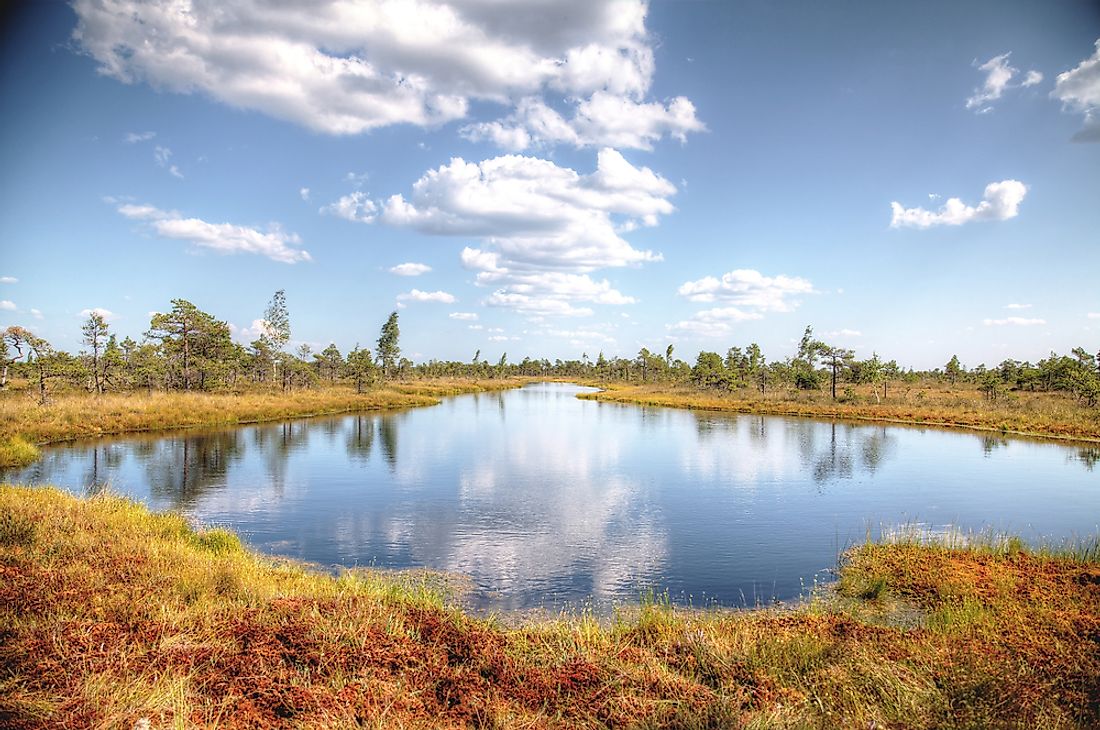
The Ķemeri National Park is located to the west of the Jūrmala city in Latvia. The park was established in 1997 and is the third largest one in the country in terms of area. The park occupies an area of 381.65 square kilometer. Forests and mines occupy large parts of the park’s territory. The Great Ķemeri Bog, and several other lakes like the Ramsar wetland of Lake Kaņieris also increase the significance of the Ķemeri National Park. Many resorts, sanitariums, and spas have been developed in and around the park due to the presence of the therapeutic mineral-rich hot springs and muds in the park. 57% of the park’s area is forested, 24% is occupied by bogs, 6% of the area includes meadows, and 10% of the national park’s total territory is occupied by water bodies.
2. Rāzna National Park
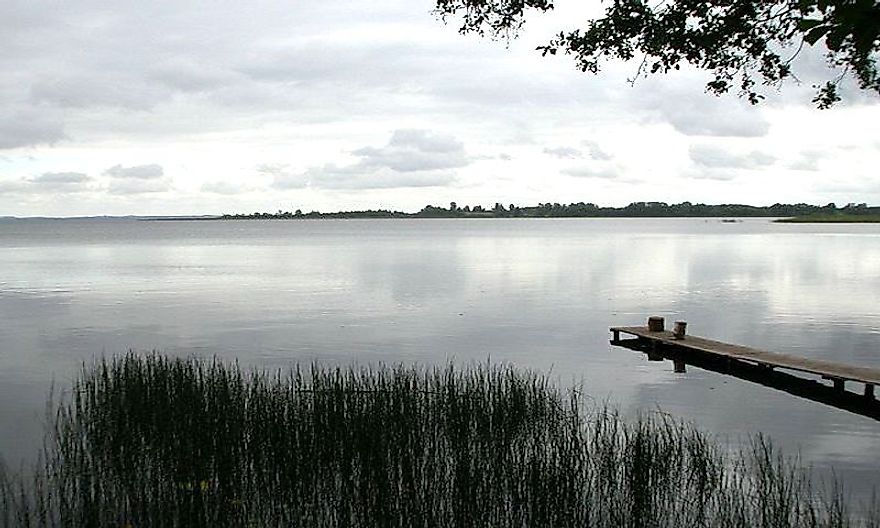
Rāzna National Park is located in Latvia’s Latgale region. The national park, established in 2007, encompasses an area of 532 square km. The park was created to protect the delicate and significant ecosystem of the Lake Rāzna, the second largest lake in the country. 14% of the Rāzna National Park’s territory is occupied by water bodies. The natural deciduous forest and semi-natural grassland ecosystems of the Rāzna National Park are also significant habitats of wild flora and fauna.
1. Gauja National Park
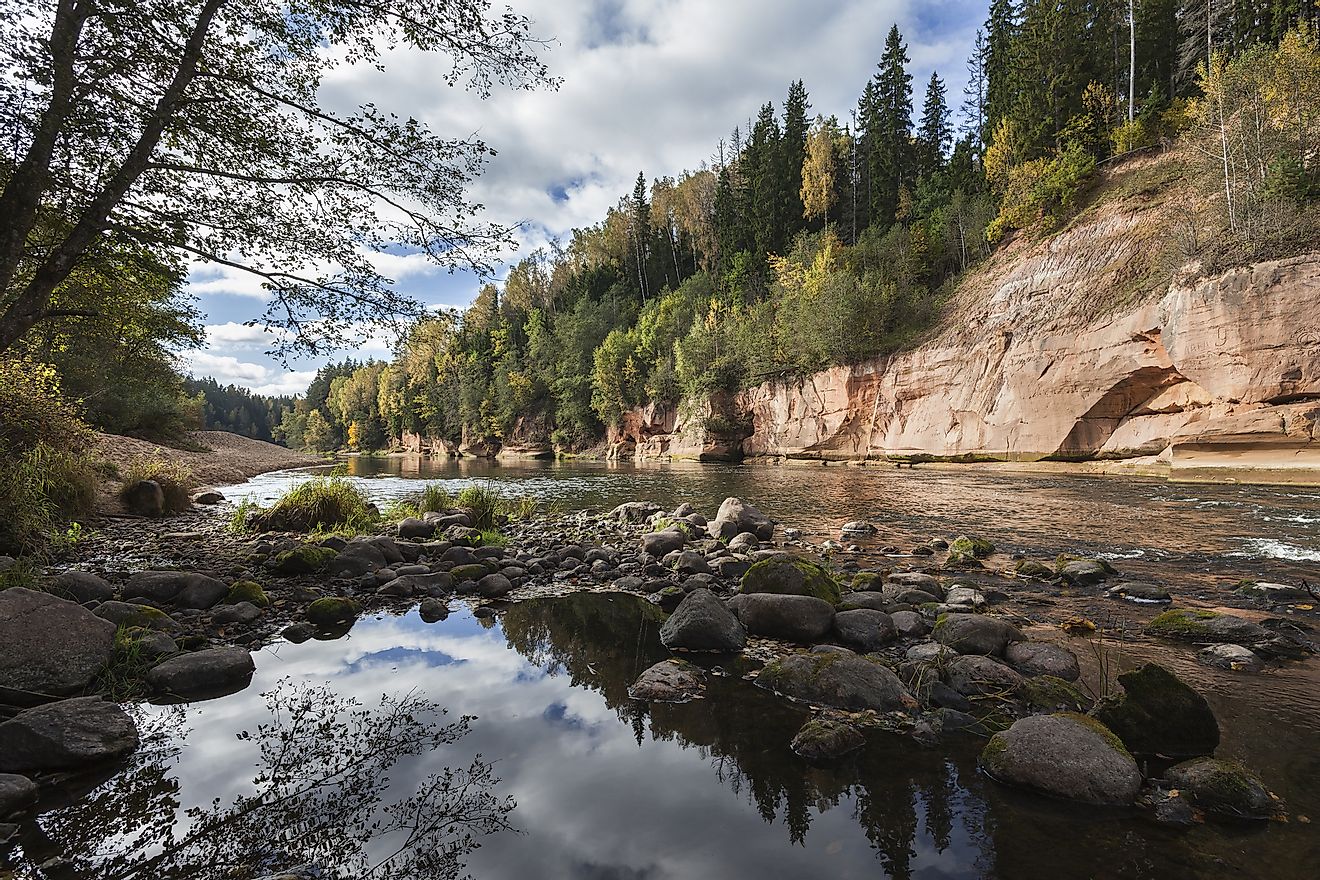
The Gauja National Park, spanning an area of 917.45 square km, is Latvia’s largest national park and is located in Vidzeme. The national park was established with several objectives in mind. The promotion of nature tourism and sustainable development in the area were the main objectives of establishing the national park. The Gauja National Park features high biodiversity, scenic landscapes, springs, rock outcrops, and varied terrain shapes. The Gauja River valley dominates the landscape of the national park.







